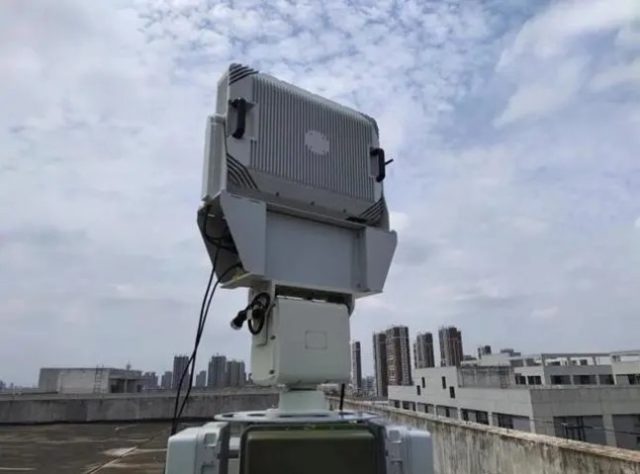China’s Low Altitude Long Range Ionosphere Radar (LARID) on Haynan Island has reportedly detected plasma balloons in the atmosphere at a distance of up to 9,600 kilometers (5,965 miles).
Results shared by the Institute of Geology and Geophysics of the Chinese Academy of Sciences, showed the radar, which became operational last year, recorded plasma balloons from North Africa to the Midway Islands in the Pacific.
The detection of plasma balloons — an anomaly in the ionosphere caused by the sudden disappearance of electrically charged particles — is crucial because they interfere with GPS signals and satellite communications.
For over-the-horizon radars, which emit electromagnetic waves, record their reflections and have a short lifetime due to the Earth’s roundness, it is a substantial development.
Thanks to LARID, China has become the first country to remotely detect and track plasma balloons, and Chinese scientists are planning to build a super radar network that covers the entire globe by adding three to four similar radars.
Experts believe that LARID can make a significant contribution to warfare technology as a horizon radar.
The Chinese navy already uses horizon radars with similar technology on some ships. The electromagnetic wavelengths of the radars, which can reach several meters, are reflected without being absorbed by radar-evading coatings on spy planes. The technologies are said to be capable of detecting US F-22 fighter jets with spy capabilities.





